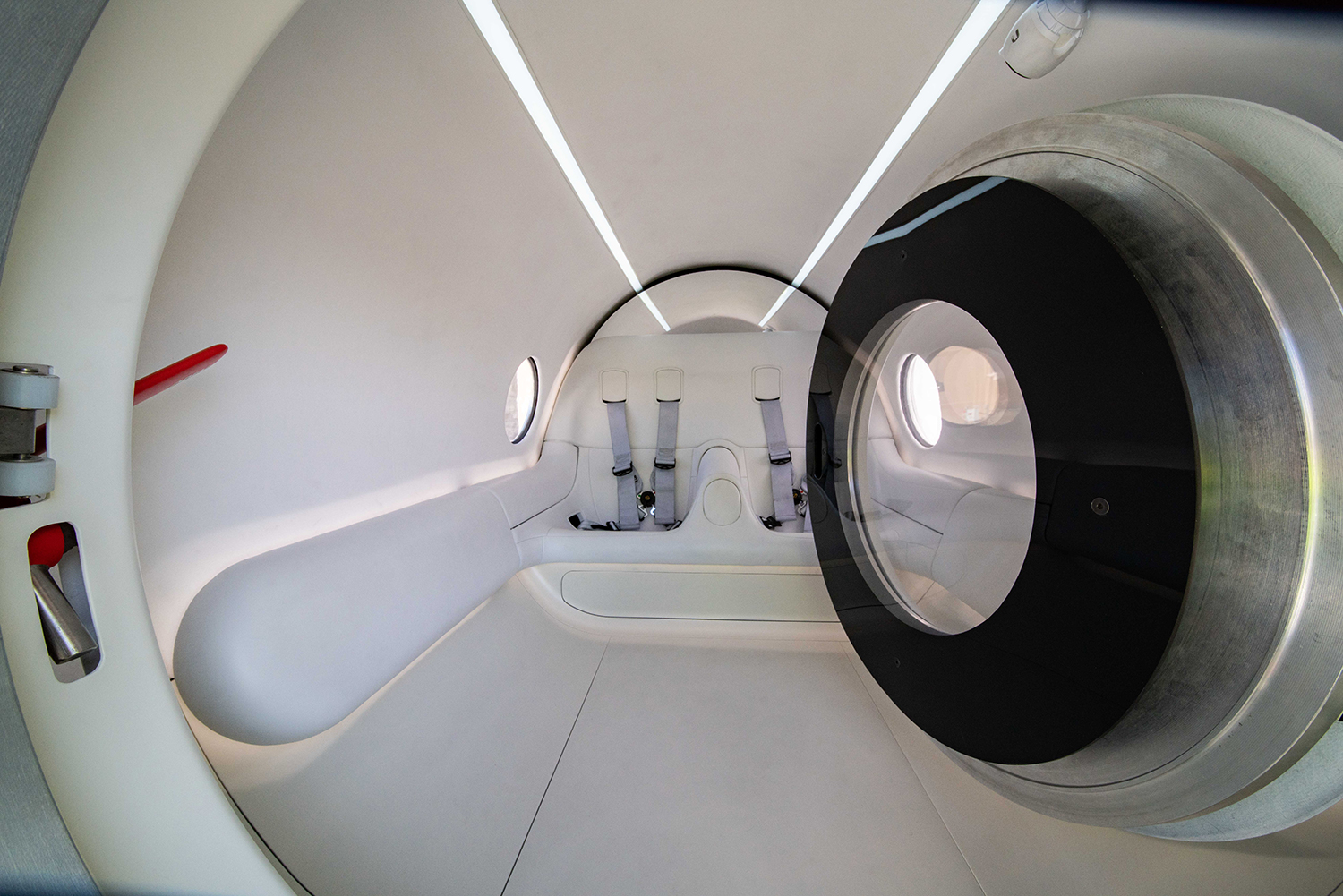For the first time, two human passengers have traveled in one of Virgin‘s levitating hyperloop pod, which was sent at 100 miles per hour through a near-airless tunnel in the Nevada desert.
“For the past few years, the Virgin Hyperloop team has been working on turning its ground breaking technology into reality,” said Sir Richard Branson, Founder of the Virgin Group. “With today’s successful test, we have shown that this spirit of innovation will in fact change the way people everywhere live, work, and travel in the years to come.”
Josh Giegel, Co-Founder and Chief Technology Officer, and Sara Luchian, Director of Passenger Experience, were the first people in the world to ride on this new form of transportation. The test took place at Virgin Hyperloop’s 500 meter DevLoop test site in Las Vegas, where the company has previously run over 400 un-occupied tests.
“When we started in a garage over 6 years ago, the goal was simple – to transform the way people move,” said Josh Giegel, Co-Founder and Chief Technology Officer of Virgin Hyperloop. “Today, we took one giant leap toward that ultimate dream, not only for me, but for all of us who are looking towards a moonshot right here on Earth.”

The occupants made their maiden voyage on the newly-unveiled XP-2 vehicle, designed by BIG – Bjarke Ingels Group and Kilo Design, which was custom-built with occupant safety and comfort in mind. While the production vehicle will be larger and seat up to 28 passengers, this 2-seater XP-2 vehicle was built to demonstrate that passengers can in fact safely travel in a hyperloop vehicle.
“Hyperloop is about so much more than the technology. It’s about what it enables,” said Sara Luchian, Director of Passenger Experience for Virgin Hyperloop. “To me, the passenger experience ties it all together. And what better way to design the future than to actually experience it first-hand?”

“I can’t tell you how often I get asked ‘is hyperloop safe?,'” said Jay Walder, CEO of Virgin Hyperloop. “With today’s passenger testing, we have successfully answered this question, demonstrating that not only can Virgin Hyperloop safely put a person in a pod in a vacuum environment, but that the company has a thoughtful approach to safety which has been validated by an independent third party.”

Last month, Virgin Hyperloop announced that it is building The Hyperloop Certification Center (HCC) facility in West Virginia. Also designed by BIG, the centre will include a six-mile-long tube for testing and certifying the high-speed transportation system.






